Integration with Quantum Computing
The Spintronic Logic Device Market is poised for growth due to its potential integration with quantum computing technologies. As the quest for faster and more powerful computing systems intensifies, spintronic devices may play a crucial role in bridging classical and quantum computing paradigms. The unique properties of spintronic materials, such as their ability to maintain coherence over longer periods, could enhance the performance of quantum bits (qubits). This integration may lead to the development of hybrid systems that leverage the strengths of both technologies, potentially revolutionizing computing capabilities. Analysts predict that the intersection of spintronics and quantum computing could create new market opportunities, further driving the adoption of spintronic devices.
Advancements in Data Storage Solutions
The Spintronic Logic Device Market is significantly influenced by advancements in data storage solutions. With the exponential growth of data generation, there is an urgent need for innovative storage technologies that can handle vast amounts of information efficiently. Spintronic devices, particularly in the realm of magnetic random access memory (MRAM), are emerging as a viable alternative to traditional storage solutions. These devices offer faster data access speeds and greater endurance, which are essential for modern computing applications. Market analysis suggests that the MRAM segment is expected to grow at a compound annual growth rate (CAGR) of over 20% in the coming years, highlighting the increasing reliance on spintronic technologies for data storage.
Growing Interest in Neuromorphic Computing
The Spintronic Logic Device Market is experiencing a surge in interest due to the rise of neuromorphic computing. This computing paradigm, which mimics the neural structure of the human brain, requires devices that can process information in a highly efficient and parallel manner. Spintronic devices, with their inherent ability to operate at low power and high speed, are well-suited for neuromorphic applications. The market for neuromorphic computing is projected to grow significantly, with estimates suggesting a CAGR of over 30% in the next few years. As researchers explore the integration of spintronic technologies into neuromorphic systems, the demand for spintronic logic devices is likely to increase, further propelling the market forward.
Rising Demand for Energy-Efficient Devices
The Spintronic Logic Device Market is witnessing a notable increase in demand for energy-efficient devices. As energy consumption becomes a critical concern across various sectors, the need for technologies that minimize power usage is paramount. Spintronic devices, which utilize electron spin for data processing, offer a potential solution by significantly reducing energy requirements compared to traditional semiconductor devices. Reports indicate that the energy efficiency of spintronic devices can be up to ten times greater than that of conventional technologies. This efficiency not only contributes to lower operational costs but also aligns with global sustainability goals, making spintronic devices increasingly attractive to manufacturers and consumers alike.
Increased Investment in Research and Development
The Spintronic Logic Device Market is benefiting from increased investment in research and development (R&D). Governments and private entities are recognizing the potential of spintronic technologies and are allocating substantial resources to advance this field. This influx of funding is facilitating innovative research, leading to the discovery of new materials and applications for spintronic devices. For instance, recent studies have focused on enhancing the performance of spintronic transistors, which could lead to breakthroughs in computing efficiency. The growing emphasis on R&D is expected to accelerate the commercialization of spintronic technologies, thereby expanding their market presence and applications across various industries.

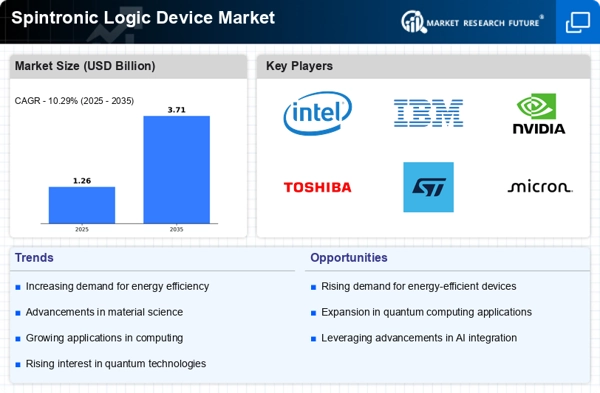
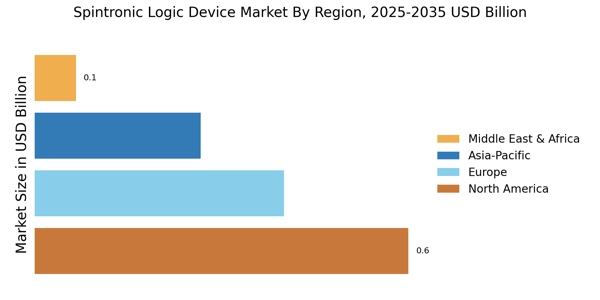
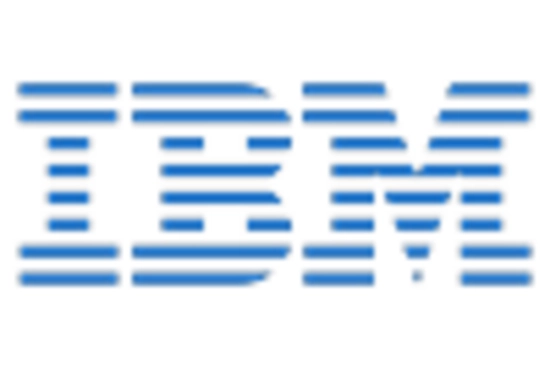
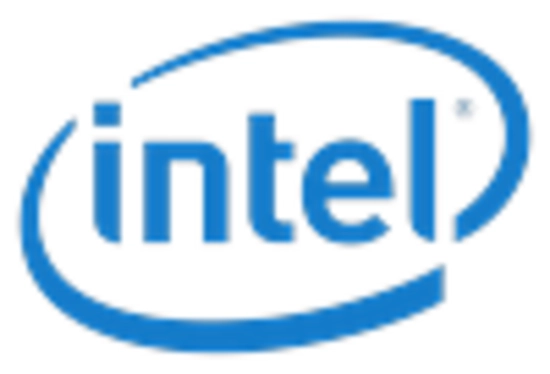
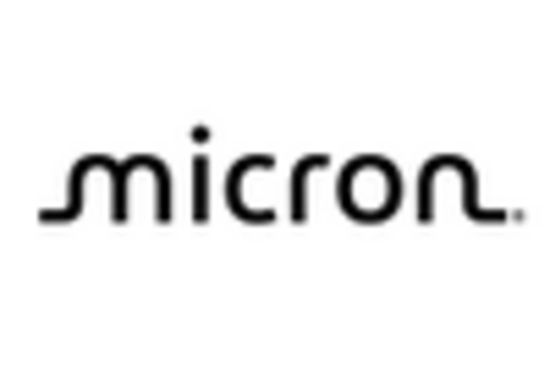
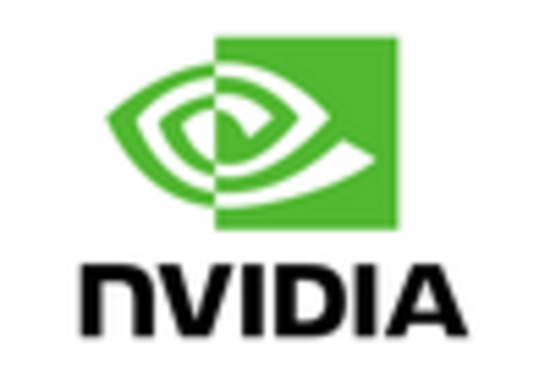

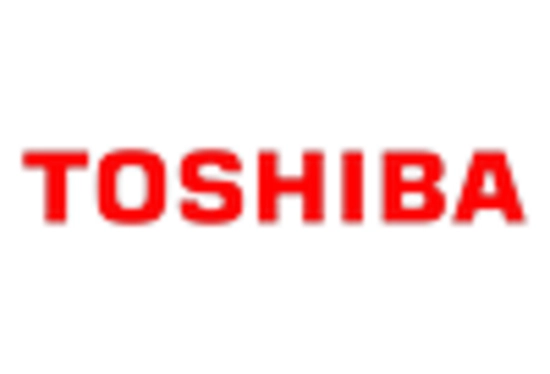








Leave a Comment